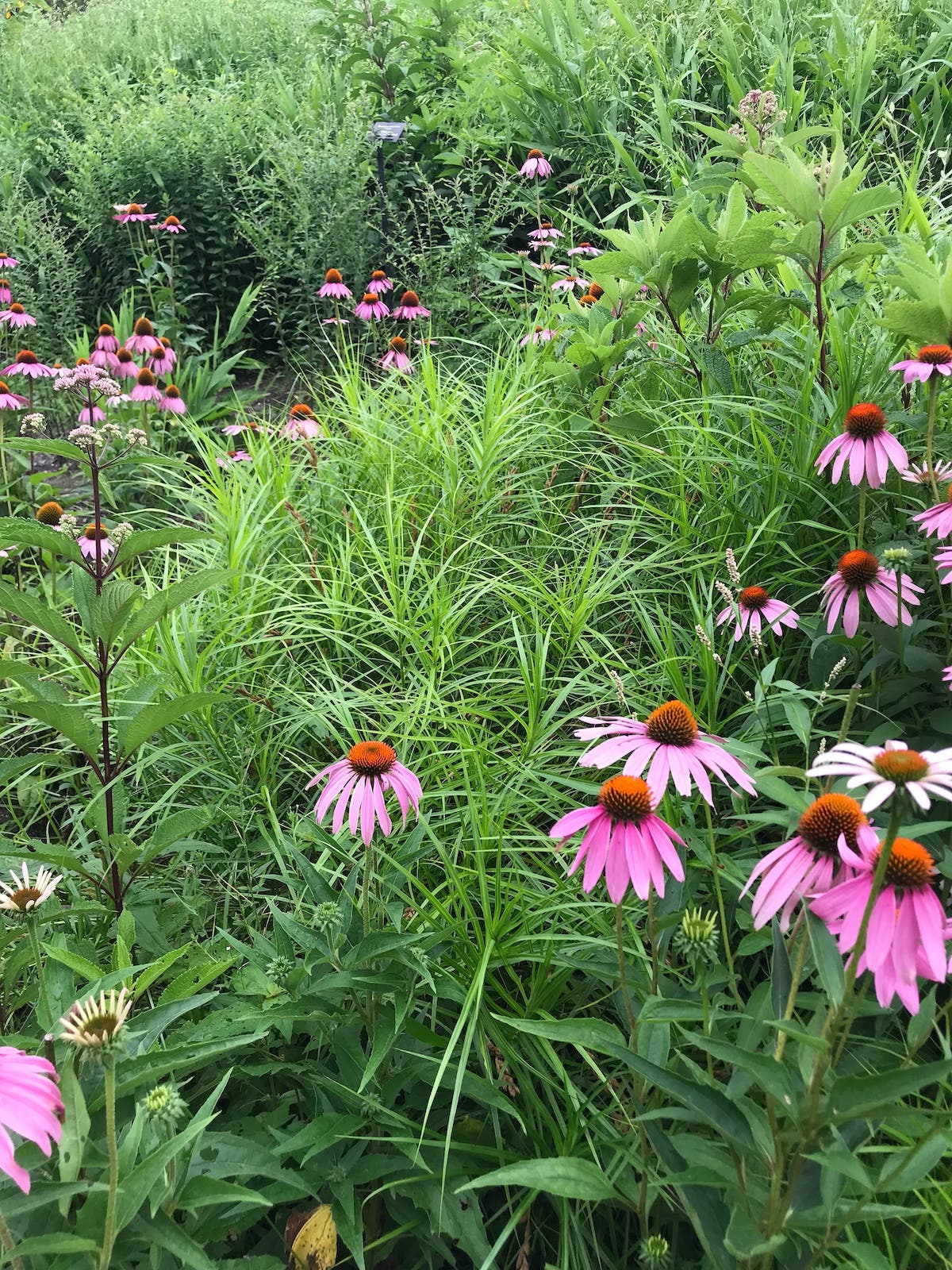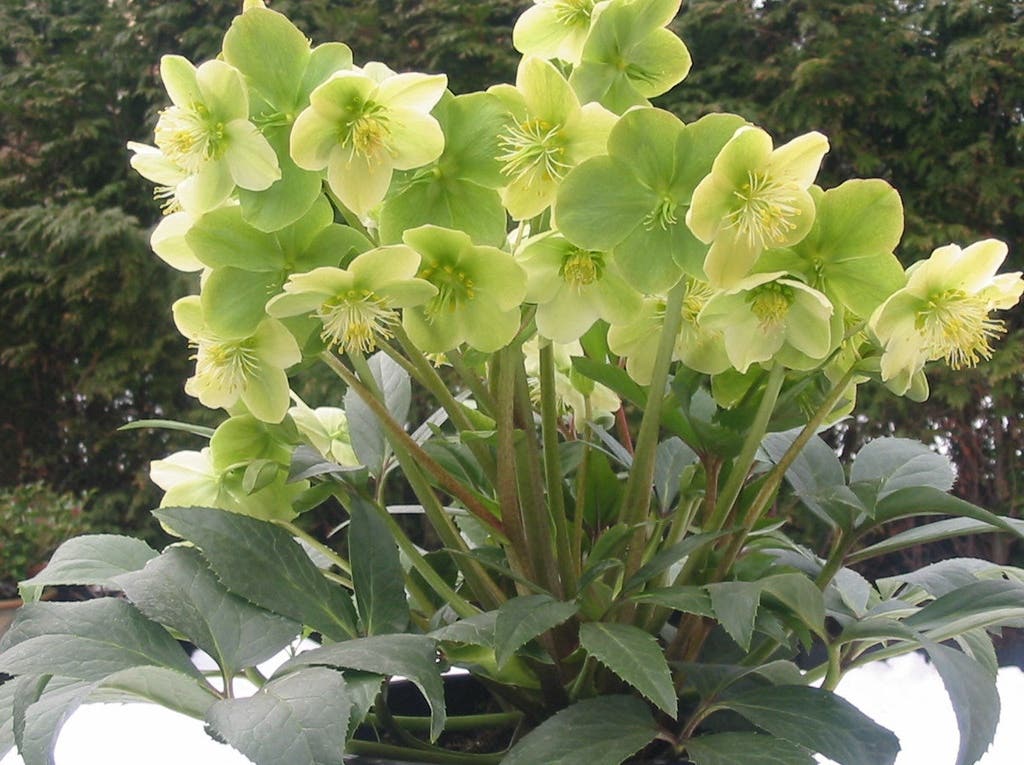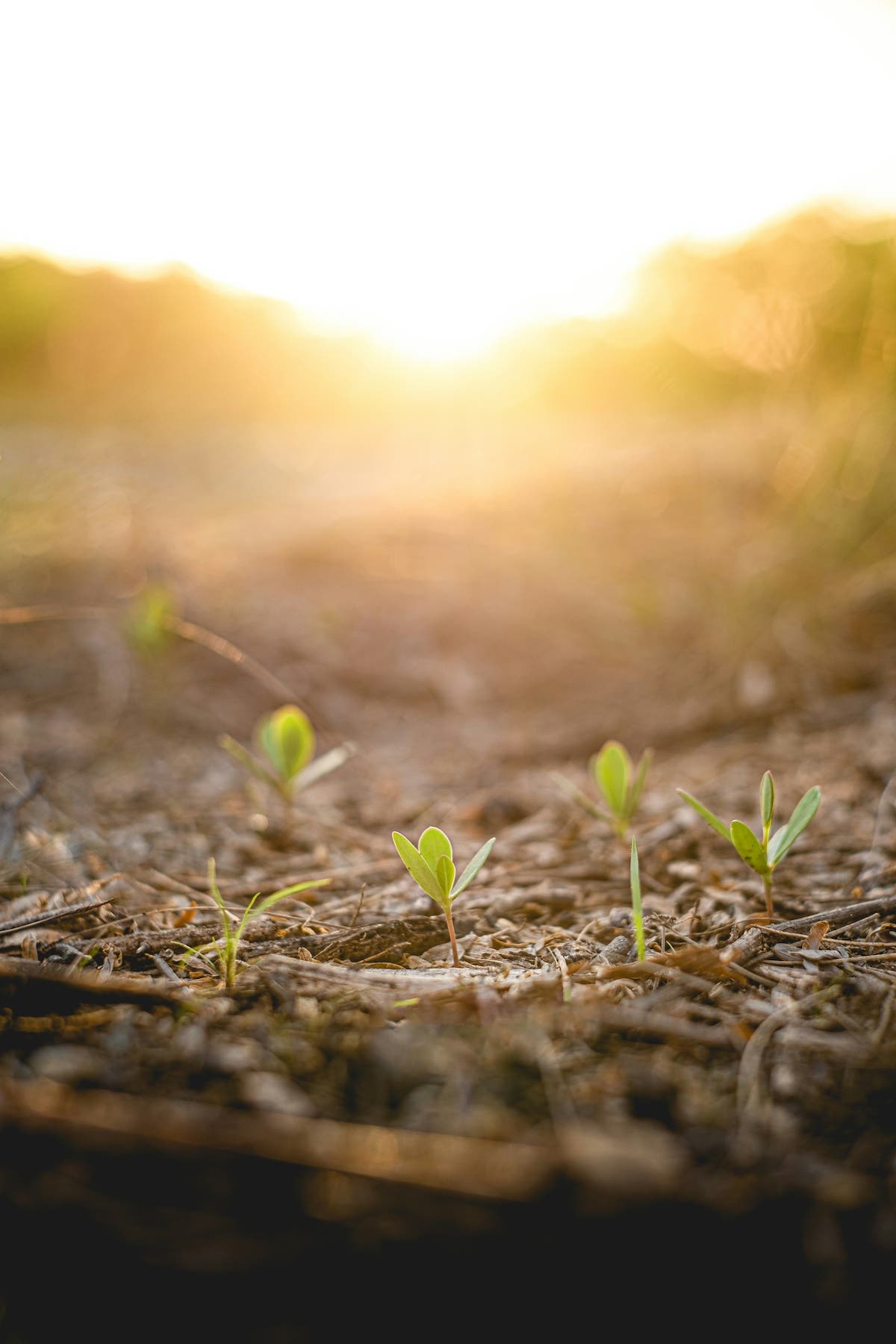Turn Up the Heat by Growing Hot Peppers
“The heat from some hot peppers will hit you right away” my husband explained, “while others hold back a bit. And there are a few that will take their time…
“The heat from some hot peppers will hit you right away” my husband explained, “while others hold back a bit. And there are a few that will take their time … then slap you upside the head when you aren’t looking.”
This was my introduction into the world of hot peppers. I never cared for anything spicy prior to menopause, and I won’t go into what happened there. Suffice it to say my tastes changed, and I wanted to make a hot sauce that we both could enjoy. So my husband was giving me some advice on what hot peppers to choose. After all, he has more experience in this area.
“You want a blend of flavors.” he finished. “That’s what tastes best.”
Of course the jalapeno came first (not shown). Did you know that breeders have reduced the heat level of the jalapenos you find in the markets? Yep, in an effort to reach a wider audience, they developed a milder pepper. What you buy and what used to be grown are different. They were one of the mildest anyway. You can still find some heirloom seeds to find out for yourself.
Chili peppers (shown, upper right of photo, red and green) are probably one of the most widely used of the hot varieties. Heck, there’s a restaurant chain named after them. These beauties are quick to change from green to red, and perfect if you are going for a brightly colored hot sauce. Green chilies by themselves make a more mild flavored condiment. But then, you don’t have the blend my husband described.
New to our garden this year is the Hungarian hot wax pepper (shown, large yellow). They are not as hot as many of the others, but add a different dimension of milder heat.
Sometimes it seems the smaller the hot pepper, the bigger the punch. Tabasco peppers grow upright on the plant, and are tiny little guys that turn from green to yellow and red or purple. Ours shown here are yellow with some purple marks on them, indicating they are not to be trifled with. Their flavor is pretty much what you would expect if you have ever had tabasco sauce. Many of the Thai peppers are also small, and quite flavorful. And hot.
The four long green peppers shown are shishito peppers; they are hot, and they are not. You see, only some of the peppers are hot, and there is only one way to find out. They will certainly add a nice flavor to our sauce, and can be a fun thing to try some weekend as well. Though I think I’ll let my husband have the first taste test.
The cherry on top of the sauce would be the Jamaican hot chocolate peppers (large dark red peppers shown). These little cuties are related to habaneros, but with a smokier flavor. They will take the blend to another level, both in heat and in flavor.
I guess they are the slap upside the head he was talking about.
Gardening Jones is a master gardener in Pennsylvania. Learn more atgardeningjones.com/blog.
----------------------------------
Grow classic and flavorful vegetable varieties at home with The Beginner's Guide to Growing Heirloom Vegetables.
Grow your own vegetables and fruits and enjoy their flavors all year with The Year-Round Harvest, a gardening book that includes harvest and storage tips and 150 recipes.
Learn how to mix and match your vegetable plants to their benefit with Carrots Love Tomatoes, the classic guide to beneficial companion planting.






